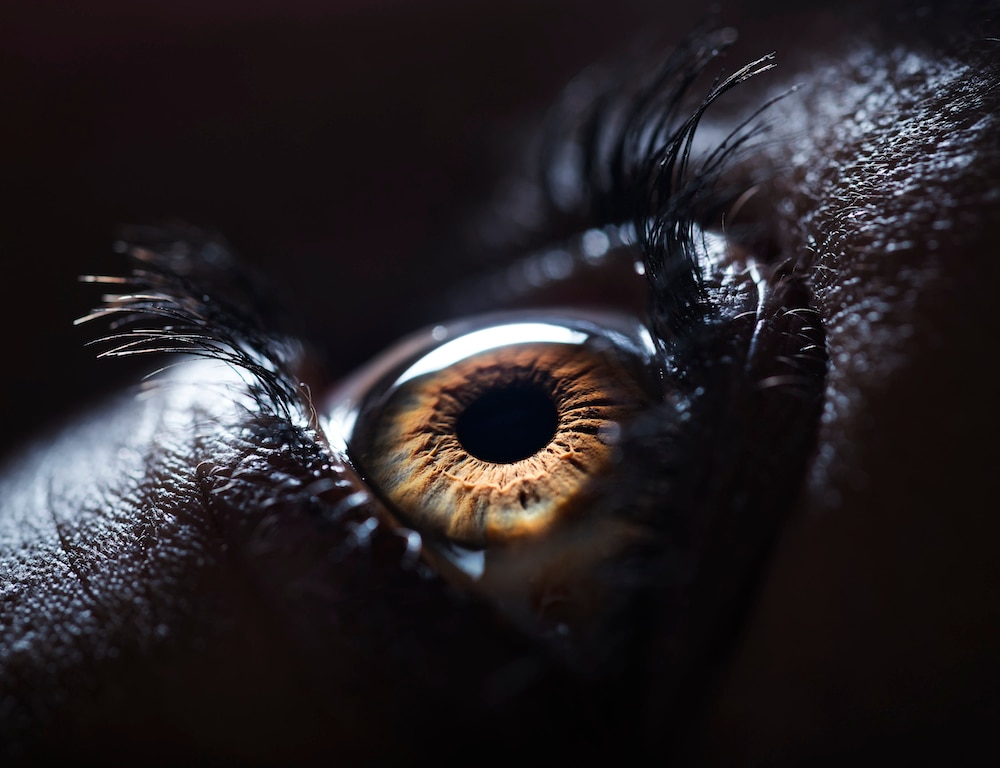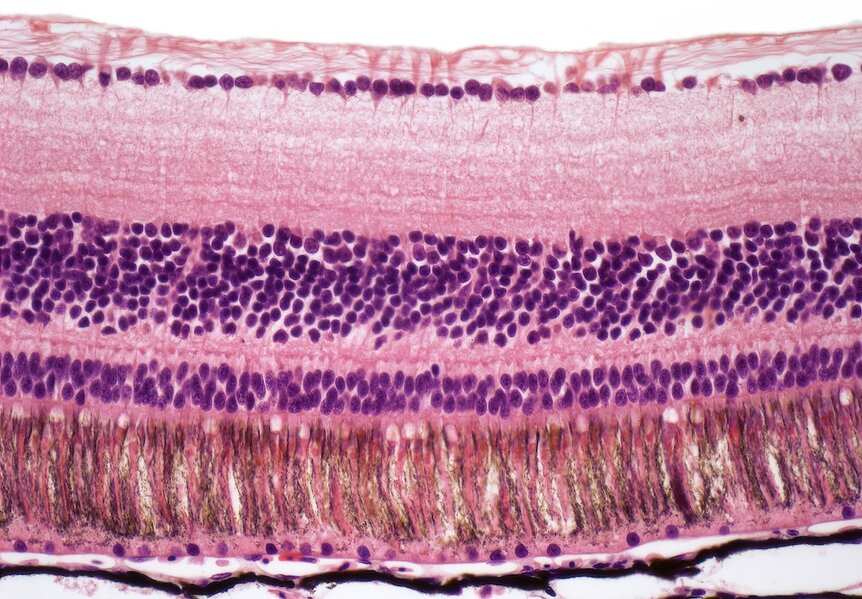Create a free profile to get unlimited access to exclusive videos, sweepstakes, and more!
Seeing beyond death: Reviving light-sensing cells in donor eyes
Glimpsing the future in the eyes of the dead.

The need for donated tissues and organs greatly exceeds the supply, leaving tens of thousands of people without lifesaving or life-enhancing organs and tissues every year, just in the United States.
In the 2010 film Repo Men, based on the novel The Repossession Mambo, society gets around this gap by crafting working biomechanical facsimiles of human organs. Things go poorly, as the film’s name suggests. When a patient is unable to make payments on their organ replacements, the titular repo men show up to take them back, inevitably killing the patient in the process.
Scientists are working toward synthetic organ replacements or biological organs and tissues printed or grown on demand, in an attempt to bridge the existing gap — hopefully without the corresponding repossession scheme. In the meantime, there are other challenges to organ retrieval and transplantation which, if addressed, could increase the number and success of transplant operations, particularly for nervous system tissues like eyes.
Researchers from the John A. Moran Eye Center at the University of Utah and colleagues from the University of Bern, The Salk Institute for Biological Studies, and the Scripps Research Institute are studying the ways in which eyes quickly degrade postmortem, and are developing methods for maintaining and restoring their functions. Their results were published in the journal Nature.
Historically, death has been thought of as a discrete moment, a flip of the switch, when the body ceases to function. Increasingly, we understand that death is more of a transition as body processes slowly shut down over the course of hours or longer. As a consequence, some organs and tissues maintain healthy function even after a person has been declared dead, making them suitable for retrieval and transplantation into another patient in need. Tissues from the central nervous system, however, including the eyes, quickly lose viability as the lines of communication between cells break down in the minutes following death.
So far, the loss of electrical activity in the eyes and central nervous system has been irreversible, severely limiting the timeline during which they can be retrieved for transplantation or study. That’s where this new line of research comes in.
In earlier experiments, researchers were able to restore activity in the photoreceptors of the retina but were unable to get them to communicate with one another, a crucial element of working vision. While investigating the cause of this loss of communication, scientists identified oxygen deprivation as the primary cause.
To solve for that challenge, scientists retrieved donor eyes within 20 minutes of death and transported them in a specialized vessel to maintain the needed levels of oxygen. Using another custom device, the team electrically stimulated the eyes and measured restored B wave activity, a first for postmortem human eyes.
Put together, researchers were able to not only jumpstart the photoreceptors but also get them talking to one another as they would in the body of a living person. The potential implications for research are vast. This could allow scientists to better study degenerative diseases of the eye and other parts of the nervous system and develop strategies for reversing their effects.
Using donated human eyes also has the benefit of avoiding the reliance on animal models, which come with a certain amount of ethical concerns and which may not directly apply to human physiology. There’s no better way than to know a new therapy works on human eyes than to make it work on human eyes. Moreover, it could extend our ability to successfully transplant donated eye tissues into living patients and restore visual function.
While we’re waiting for functional biomechanical alternatives, we have to make do with the resources we have. Extending the figurative shelf life of eye tissues is one way for us to see that future.



























